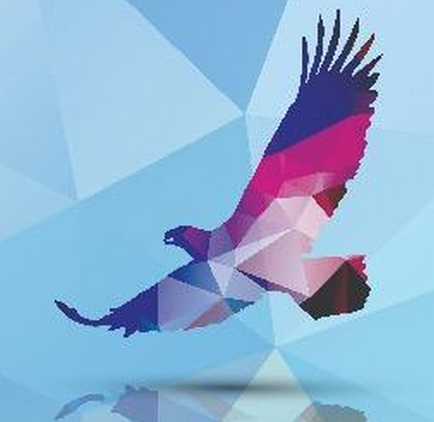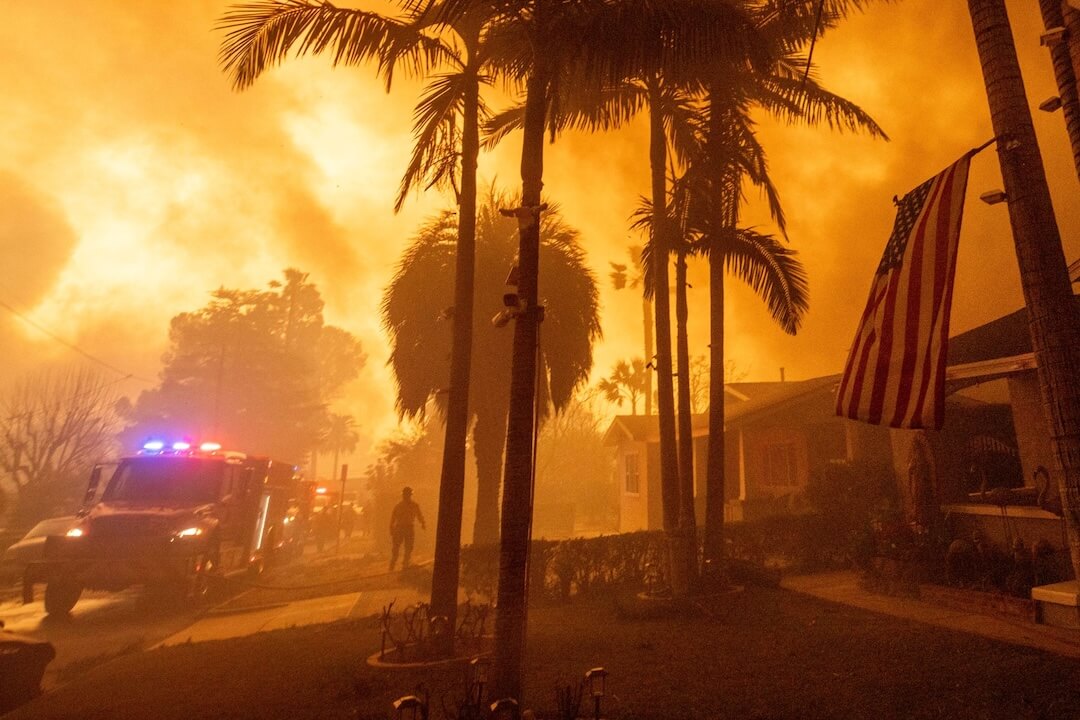
Screen shot, Medium
It’s been a busy few months for Mark Luckie.
In May he announced that he was leaving his post as Twitter’s manager of journalism and news to finish writing his book “DO U.” and to figure out what’s next. Earlier this month, he launched Today In #BlackTwitter, a news digest meant to give readers a depiction of what the online community is tweeting and reading about.
According to Luckie’s Medium announcement, he started Today In #BlackTwitter because “it is easy to be detached from pertinent conversations if you’re not logged in at the right time or aren’t following specific accounts.” The digest uses Twitter’s streaming APIs and combs through more than 150 Black Twitter influencers to give readers insight on what is resonating with them.
Poynter caught up with Luckie over the phone to talk about his new project and how journalists should cover Black Twitter.
What prompted you to launch Today In #BlackTwitter?
I started Today In #BlackTwitter because I kept missing out on the trending topics and hashtags that were happening on Black Twitter. I’d find out the day after or something like that and so I wanted to create a tool where I wouldn’t miss out and I knew that other people wanted or could use a similar tool, and thus Today in #BlackTwitterwas created.
Before creating Today In #BlackTwitter, what was your strategy for staying up to date with Black Twitter?
I didn’t have a handle on it because I think the biggest thing is I didn’t know which accounts (to follow). I knew a couple of accounts, but I didn’t know who can cause Black Twitter, and I think that’s a question a lot of people have — who is Black Twitter? What is Black Twitter? So using this algorithm to set up Today In #BlackTwitter is what helped me identify who is having the conversations and what they were talking about.
How do you feel your time at Twitter is informing your experiment?
I’m black and I used to work at Twitter and I care about both. I have an understanding of the platform, and this technology is open and available to anyone, but this is the first time it’s being used in such a way to track the conversation among a niche audience.
What do you think has been the biggest mistake that journalists have made when trying to cover Black Twitter, and how can they improve?
The biggest mistake journalists have made is creating articles based on Black Twitter conversations and creating one or two paragraphs and just embedding a bunch of tweets right after that. That’s not really journalism. You wouldn’t do that in a newspaper, you wouldn’t just have a bunch of pull quotes in a newspaper, you wouldn’t have a bunch of sound clips on TV, so just because it’s the Web doesn’t mean you can copy and paste. These kind of conversations have to have context and also an understanding that Black Twitter is not monolithic. There are varying opinions that happen in this community. You have to give service to that fact to make your reporting more robust.
How do you feel journalists can better embed themselves in Black Twitter in a genuine, authentic way? How should journalists work to build that trust with members of this community?
The best way to do that is to talk and communicate, not necessarily to lurk on the sidelines and jump in when there’s a news story that’s happening, but to share your experiences, to talk amongst people when there’s a trending hashtag or something like that. When people understand that you’re being authentic in your conversation, then they’re more likely to open up to you and that’s journalism in general.
Were you nervous about launching a news digest of a community that’s known to be either extremely supportive or extremely defensive about happenings in the black community?
My biggest fear was that I was going to get dragged by Black Twitter because it was something invasive and a magnifying glass of what they’re talking about. That’s why I wrote the first post and then made it a pinned tweet to really explain what Today In #BlackTwitter was and to lay some of the fears people may have about what this was doing, what the mission was. The response has been really positive. It has a number of people who have said this was needed. Also a lot of people who were part of the algorithm that the site examines have said positive things, and so that’s rewarding for me and I feel really good about this going forward.
What are your ultimate goals for Today In #BlackTwitter? Do you want it to become a website or stay as is?
I don’t necessarily have an ultimate goal, but I do want to see it evolve. It’s really at its infancy right now. And even in the time that it launched, I’m still learning lessons about how to capture information, how to distribute it, what are the things that people want to read? Right now it’s on Medium, and it may not stay on Medium forever, but it’s incredibly easy to get these posts up and running and get them distributed across social media.
Why did you choose Medium to launch this?
I chose Medium because I had some experience with it before. It’s the tool of choice for a lot of people who work in social media or technology, and I didn’t want to necessarily spend a lot of time creating a site from scratch using WordPress or another tool, and so Medium was a great choice. Also it has a built-in social network and it’s very easy to share to other social networks, so it was the perfect fit for Today in #BlackTwitter.
What’s been the most fascinating finding so far with the platform?
The fascinating finding is how incredibly political Black Twitter is. I, like many other people, saw it as oh, it’s a lot of people poking fun or they are dragging people for bad cultural commentary or however you want to say it. There is an element of that. There’s a section on the site called #OhNoTheyDidnt which is dedicated to things like Cosmopolitan calling The Kardashians the first family or Raven-Symoné’s comment about ghetto names. But a lot of it is around topics like the 2016 elections or police brutality or all sorts of things that are in the news and they’re having wide conversations about it. That happens more often than these funny frists on black culture.
I know that part of the algorithm is the list of people you created who are influencers in Black Twitter, so what plans do you have for the list? Do you plan on rotating people out? How do you measure the algorithm and what goes into the digest everyday?
So the algorithm I won’t change much, and I won’t be rotating people out because it’s capturing a group conversation so if someone goes off the rails and stops talking about black culture, they’ll be essentially filtered out by the algorithm, and it only captures the trending hashtags and links people are sharing. But I am adding to it. So if I find that some of these influencers or most talkative people are retweeting or using another person as a source, I will sometimes add that person in. And again, this thing is evolving so that may change, but for now it’s just going to grow rather than subtract away from the current algorithm.
How are you hoping to see people evolve with using Today In #BlackTwitter? Do you want to it to just be a digest? Do you want it be something that people can actually start their day with?
There are two ways to use Today In #BlackTwitter. One is to follow along with the Twitter account. You’re going to get here’s what’s trending right now. Here’s what people are talking about. Sometimes those conversations are still going as it’s tweeted. If you’re a news junkie like me and you want to find out before it becomes an actual news story, this is the way to go about it. There’s also the daily digest where you can check in the morning to see what people have been talking about in the last 24 hours. It’s almost like a recap like you would see on a news site but the difference is this isn’t its own news site. There are plenty of organizations that pick up this kind of conversation. This is meant to forward people over to the various sites or to the original tweeters. There’s never more than a sentence or two describing what’s in the link. Its really meant to direct traffic rather than usurp it.






